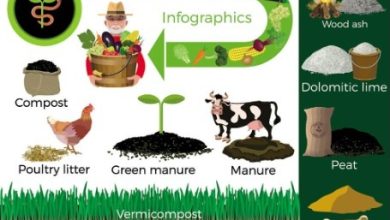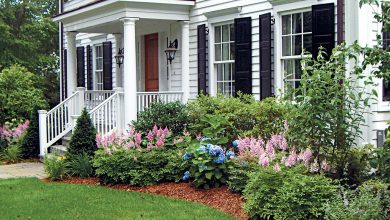Plan your Garden. How to organize the garden and start cultivating
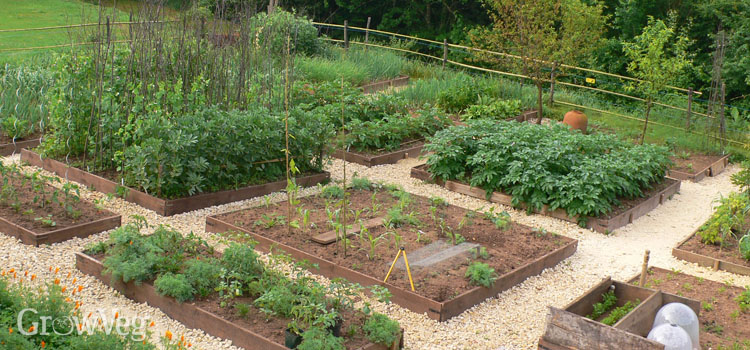
Installing a new orchard is not a task that can be improvised. To plan the garden, you must first take into account and decide on several key points. It is important to know how to organize a garden and decide on some aspects, such as the orientation or the species that can be planted, before starting to cultivate.
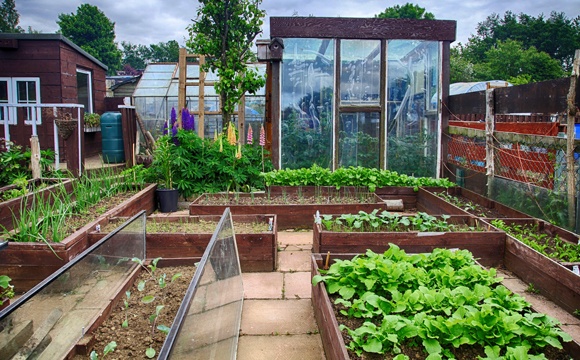
Today we will see the most important things to consider and decide to plan the garden and start growing at home.
How to organize a garden step by step
As we have seen in the introduction, to plan the garden you have to decide several important aspects before starting to cultivate. Let’s see what these first steps are to organize the garden from scratch.
1. Orientation of the orchard Where to place it?
Where to put the garden? There are many options, but the main thing is that it be a sunny place, with access to irrigation water (if we are going to choose to install an automatic irrigation system), and not subject to a prevailing wind.
If we are going to place the garden on the roof or in some other place with strong winds or full sun throughout the day, it may be necessary to place some element that attenuates them, such as a shade cloth or mesh to protect the crops.
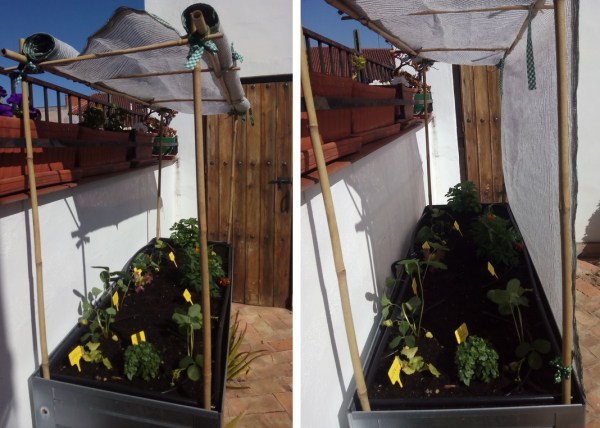
With the north-south orientation, light is better used throughout the day, but there are plants, such as vegetables that need little sun, that do not need too much light.
2. What plants to grow in the garden
There are many options, not just the typical vegetables and greens. In the orchards, flowers, aromatic plants, wild fruit hedges and other beneficial plants are also planted that favor biodiversity and help us keep pests away.
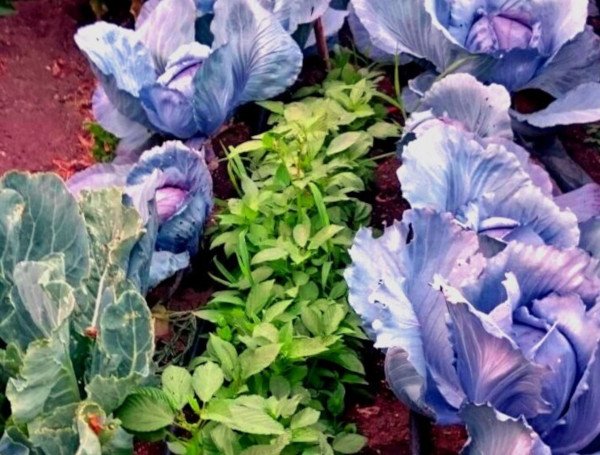
The choice of plants for the garden takes into account many aspects (we detail them below, in the last section of the post, where we will see in more detail which plants can be planted).
3. Orchard size
Depending on the production we want to obtain and the available space, we will determine the size of our garden. There are several types of orchards depending on the cultivation containers or their placement, and this depends on the space we have to install the orchard.

If we have a small terrace we can make, for example, an orchard on cultivation tables. For small spaces, vertical orchards or flowerpot gardens are very good, while if we have a small garden we can opt for the terraced garden. (More information in the post about types of urban gardens).
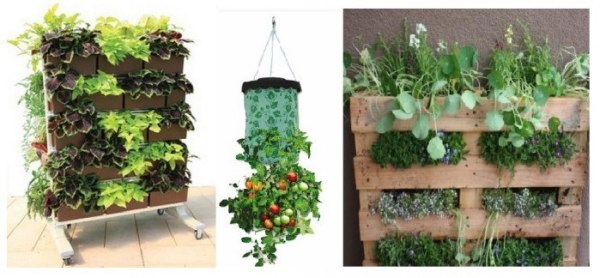
4. Choose culture vessels
In the event that we do not have a small piece of land to install the garden on terraces or on the ground, we will have to opt for the cultivation containers.
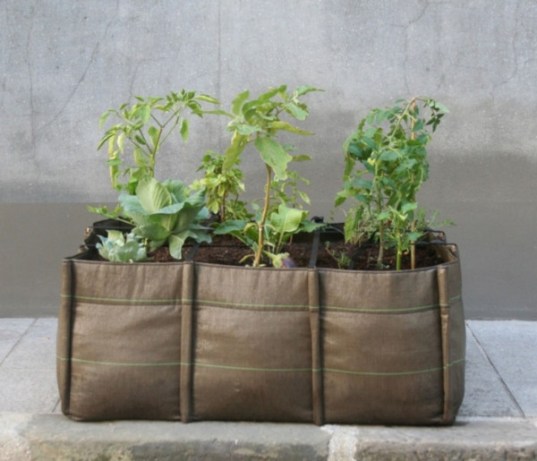
There are many options: cultivation tables, ceramic pots, biodegradable pots, recycled containers, planters, geotextile bags… In the post about the types of cultivation containers you can find these and other ideas to organize the garden in a small space.
5. Choose the irrigation system
There are several types of irrigation systems for the garden, although the most recommended and common in organic gardens are localized irrigation systems that favor water saving, such as drip irrigation, micro-sprinkler or exuding tape.
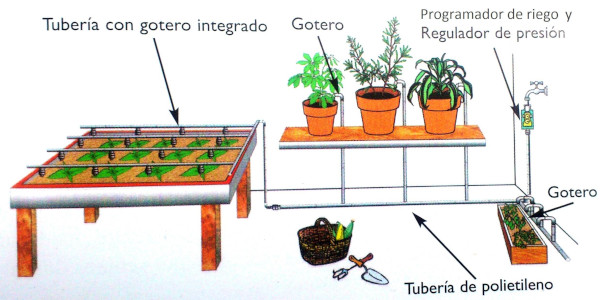
If we do not have a very large orchard, we can choose to irrigate manually with a watering can or hose (we will save ourselves having to plan the irrigation assembly).
6. Placement of crops in the garden
The planting framework or distance between plants must be planned based on the species we have chosen (size of the plants and type of roots).
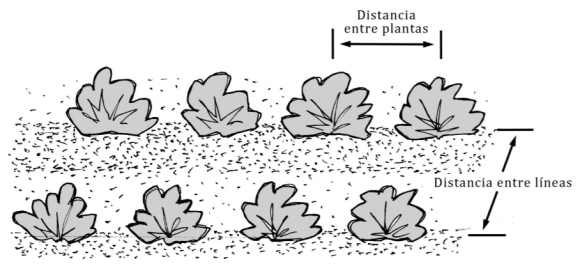
It is also necessary to take into account the compatibility or incompatibility between species (there are vegetables that should not be put together and others that have beneficial associations with certain plants).
To choose the best placement of the plants in the garden, the technique of the association of compatible crops that we will talk about in the last section of the post will help us a lot.
7. Plan sowing and planting
For beginners or gardeners with little experience, it is recommended to buy seedlings or seedlings in nurseries or garden centers, since it will only be necessary to buy the number of plants that we want to grow.
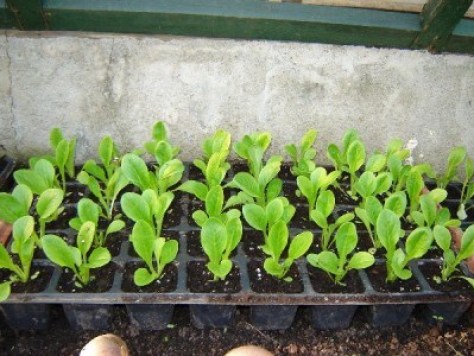
If we are going to use seeds because we prefer to start the crop from scratch, normally we will first have to make seedbeds some time before the planting time (especially in the case of delicate crops).
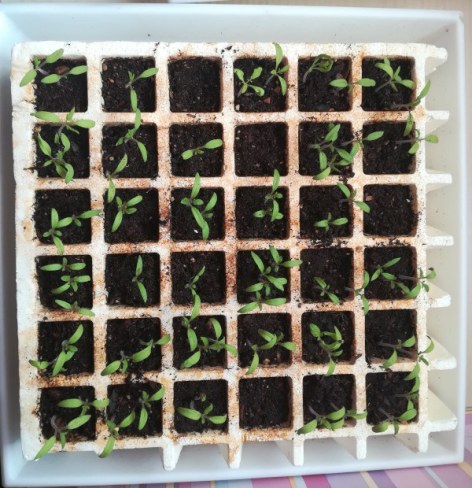
When making a homemade seedbed, the quality of the seed is very important, so it is best to buy certified organic seeds, which guarantee the absence of added chemical products and genetic modifications, or to obtain seeds from our own harvest, task that must be carried out with the appropriate knowledge for the extraction of seeds in each species. (In Chapter 1 of the GRAMA Manual -see References- the seed extraction processes are specified according to the family to which the plant belongs).
8. Choose the type of substrate and fertilizer
If the option chosen to cultivate the urban garden has been to use cultivation containers (raised tables, pots, planters, recycled containers, etc.), it is necessary to obtain the substrate to fill them.
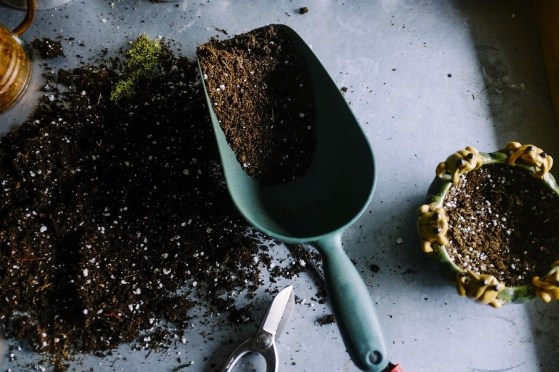
You can buy a universal substrate or make your own ideal substrate by mixing components such as sand, humus, compost, coconut fiber, etc. You have all the information about the land for orchards in the post What is the best substrate for the orchard?
9. Plan cultivation tasks
After planning the garden taking into account the chosen species, the culture containers, the type of irrigation, etc. it’s time to start farming.
After sowing and planting, we must carry out certain tasks to keep the plants healthy, such as pest prevention or soil protection. In the post on Types of cultivation tasks to care for garden plants you will find more details about these tasks that are important to know if we want to anticipate the tools or the time that we will need to carry out the garden.
Choosing garden crops: what plants can be planted
By using different species we contribute to sustainability since biodiversity is increased and the integrated fight against pests is favored, not only because of the variety of plants, but also because of the diversity of beneficial insects that they attract.
When choosing which plants to plant in the garden, it can be useful to think about plants that are less common on the market or more expensive and those that are easier to grow (in addition to our tastes, of course!). Here I leave you a couple of lists that I have taken from the book «Sustainable urban garden » (Pérez and Velázquez, 2013):
- Plants that are easy to grow and relatively more expensive on the market: chard, broccoli, zucchini, Brussels sprouts, spinach, berries, broad beans, beans, lettuce, turnips, leeks, beets, sugar snap peas.
- Cheap plants on the market and difficult to grow: celery, garlic, pumpkins, onions, cauliflowers, peas, melons, potatoes, tomatoes, carrots.
It is advisable to plant some type of legume (beans, broad beans, lentils, peas…), since these naturally provide nitrogen to the soil and thus reduce the need for external inputs. In the articles on crop rotation and association you can find more beneficial combinations that will help you choose which species to grow in the garden.
There are many different varieties for each species but, whenever possible, it is advisable to choose local varieties, which will develop better and be more resistant to pests and diseases (See article on Local varieties).
It is interesting to take into account when choosing the crops in our garden to know the compatibility between plants. To plan the garden it is important to think about placing compatible crops together and moving away those that are incompatible. This intercropping technique is very beneficial because:
- Increases crop yield (we will get more harvest).
- It raises the concentration of nutrients in the soil and improves its use and that of other resources such as light or water.
- It contributes to reduce the attacks of pests and diseases and the proliferation of weeds.
When organizing the garden, it is essential to know which plants we have chosen are suitable for growing together and which are not. This is what we have dedicated the article « Crop associations: compatibility between plants «. In addition, you have more information about useful crops in the garden in the post What plants to grow in the garden, which I also recommend you read.
References
- Escrivá, MG, 2006. Organic Garden: Essential Guide for the planning, cultivation and maintenance of horticultural species with ecological techniques. Ed. Albatross. ISBN: 9789502411248.
- Vallés, 2009. The urban garden. Organic cultivation manual on balconies and terraces. Serbal Editions. ISBN: 9788476285695.
- GRAMA Association, 2012. Garden Manual. Environment Action Group.
- Pérez, G. & Velázquez, C. 2013. Sustainable urban garden. Ed. Mundiprensa. ISBN: 9788484765486.

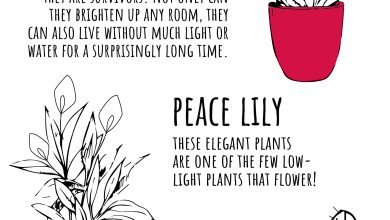
![Photo of Boxwood cuttings: [Concept, Season, Rooting and Sowing]](https://www.complete-gardening.com/wp-content/uploads/2021/06/Que-significa-plantar-por-esquejes-7-390x220.jpg)
